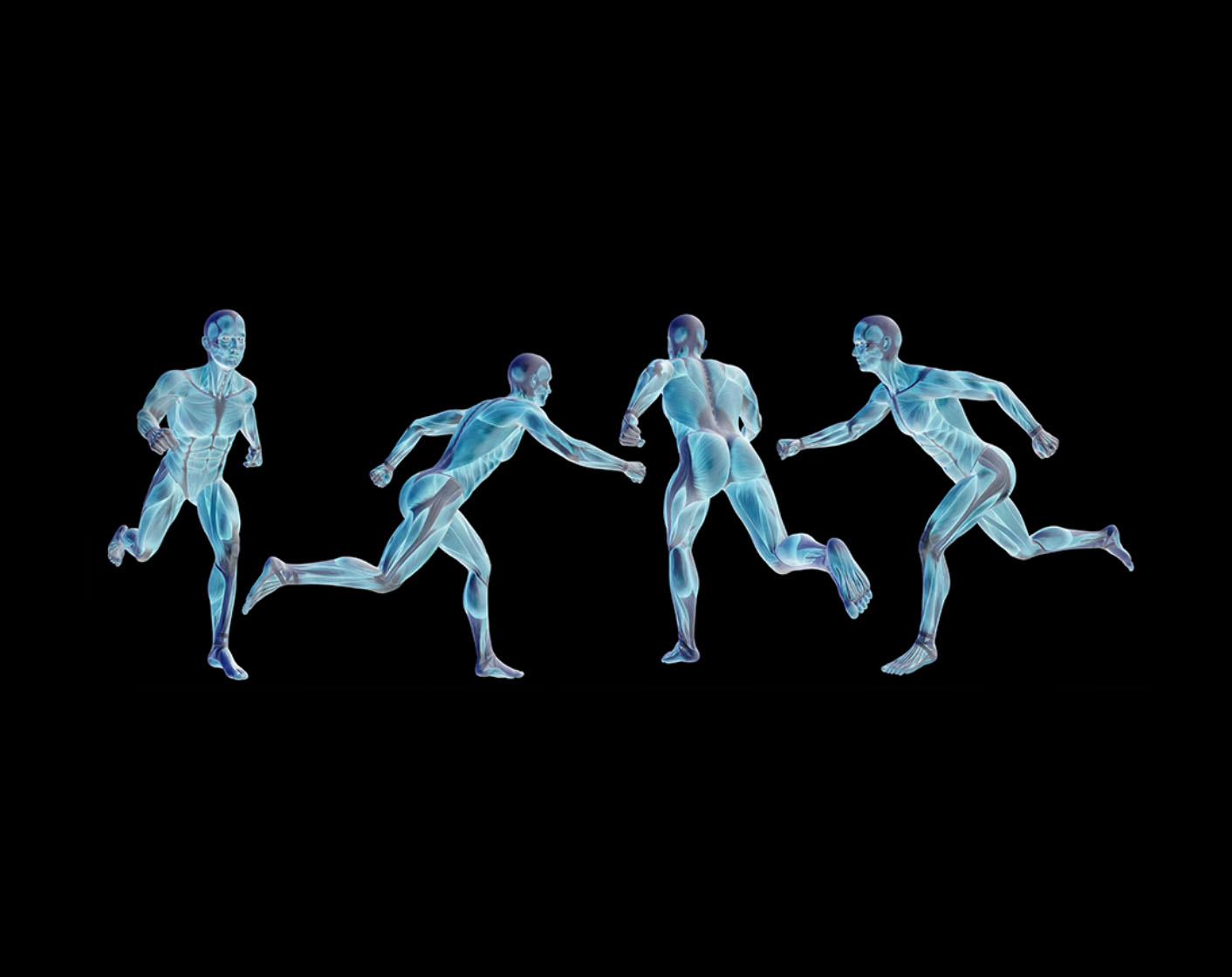
Muscle Injuries in Sport
- Noah Soliman
Being a company that primarily provides exercises to manage muscle injury, it’s surprising that it has taken us six blogs to finally address the topic. During strenuous activity, our muscles undergo immense levels of pressure – reflected in the form of sprints, jumps, and kicks. Alongside the aesthetically pleasing growth, constant pressure comes with injury risks. In this episode, we will delve into the most common muscle injuries associated with sport, understanding their causes, physiology, and approach to recovery.
Muscle Strains
Many movements required in-game involve ranges of motion that need to be accomplished at expeditious rates. High force and ranges can leave us prone to our muscles overstretching, overloading, or being misused – resulting in a strain. A muscle strain is an injury caused by our muscle fibres enduring a significant number of minor tears. These tears are a consequence of our tissues; stretching beyond their elasticity threshold, enduring too much force to withstand, performing with incorrect form, or just being unlucky. The proportion of fibres torn is significant enough to cause soreness, stiffness, weakness, and potential swelling. Despite being mobile, the injury will leave you uncomfortable and unable to perform your activities well. Your best response to a muscle strain is to be proactive in your recovery. If there is swelling present and you believe the strain is of a necessary severity, immediately undergo the RICE approach. This involves resting the injured muscle to prevent further tearing, placing ice (or any cold form) and compressing the affected area to minimise swelling, and elevating the muscle (if possible) to promote the early-stage recovery process. The ice should be applied for roughly twenty minutes a few times a day. Whether you skip the RICE stage or not, the following techniques are equally as important to maximise your recovery, reducing the likelihood of future reinjury. Studies have suggested that following the initial stage of a strain’s recovery, you should sensibly incorporate gentle stretching into your routine. By stretching your injured muscle, you are promoting further blood flow to the injured area, and reducing the onset muscle tightness that follows. This not only accelerates your recovery, but ensures that your tissues are elastic in preparation for your return to sport. We emphasise ‘gentle’ stretching, as you do not want to worsen the existing tears. It is inevitable that with muscle strains come damaged and weak fibres. Therefore, we recommend integrating light strength & aerobic exercises alongside your stretches. Putting your muscles under this pressure will encourage the growth needed to rebuild the lost strength and endurance, minimising the performance reduction experienced when returning to competition. All these exercise types should be done in moderation and be executed at a rate that doesn’t hinder the healing process.
Muscle Tears & Contusions
Being the most common injury amongst athletes, we have given strains the most attention. However, there are a couple other muscle injuries that you should be aware of. In a more serious case of fibre micro-tearing, you could endure a muscle tear (grade II/III strain). This is when an enormous amount of force has been placed on your muscle, causing a physical tear in the tissue. These can be slight tears or complete tears. The latter sees the tissue physically split, which requires immediate medical treatment. An incomplete tear’s recovery takes a similar approach to a regular strain, but demands more attention for a longer time period. Another muscle injury is a contusion – also known as a ‘bruise’. This occurs when your muscles endure a direct blow from an external source, such as an opponent’s knee. Depending on the impact, a contusion’s symptoms could include skin discolouration, pain, and swelling. These symptoms will likely result in reduced range of motion, hindering your athletic performance. The RICE approach is usually recommended for the immediate couple days following the incident.
Importance of Prevention
We all know that prevention is the best cure. Adequate preparation has a multitude of components, from warm-ups to diet, and can go a long way in preventing frustrating muscle injuries. Alongside sporting technique, athletes should dedicate a proportion of their time optimising their muscles’ health, to reduce injury rates. By understanding potential muscle injuries, you can adapt your training routines to minimise your risk and maximise your performances. Injuries destroy seasons. To maintain peak performances, give your body the peak preparation it deserves.
Thanks for reading,
Noah Soliman, Principal @ PhysioFrog
Get to grips with the physiology and mechanisms behind our warm-ups, and learn how their applications can maximise your on-field performances. Along with the physical benefits of muscle preparation, get an insight into its psychological benefits to truly understand your mind and body!
Get to grips with the physiology and mechanisms behind our warm-ups, and learn how their applications can maximise your on-field performances. Along with the physical benefits of muscle preparation, get an insight into its psychological benefits to truly understand your mind and body!
Actively minimise your risk of these injuries by performing our muscle group specific routines





